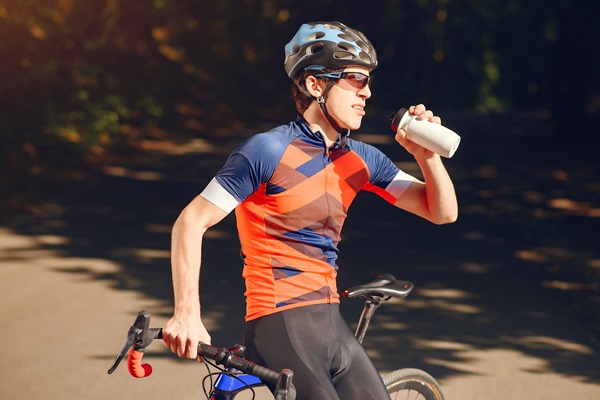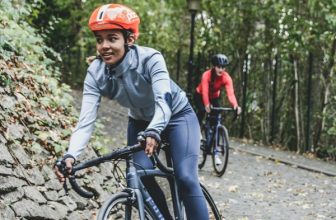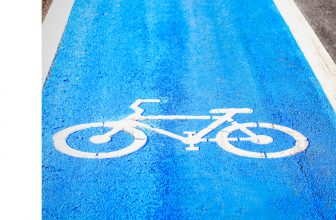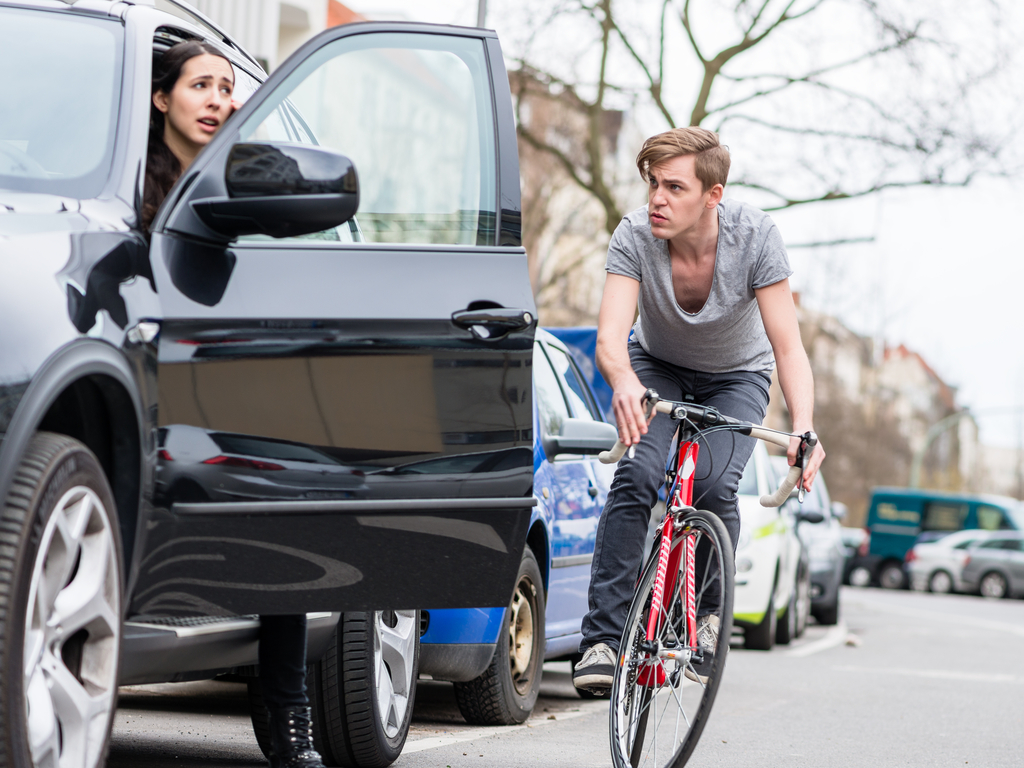What is the Best Nutrition and Hydration Strategies for Long Bike Rides

For avid cyclists, the key to conquering long rides lies in a well-planned nutrition and hydration strategy. Whether you’re preparing for a multi-hour weekend ride or a competitive race, understanding how to fuel your body before, during, and after the ride is crucial for performance and recovery. This article delves into the best foods, hydration practices, and practical tips—like homemade energy bars and hydration packs—that can help you sustain energy levels, avoid bonking, and finish strong.
The Importance of Pre-Ride Nutrition
Carbohydrate Loading
Carbohydrates are the primary fuel source for endurance activities like cycling. Before a long ride, it’s essential to build up glycogen stores in your muscles. This practice, often referred to as carbohydrate loading, typically involves increasing your carbohydrate intake 48 to 72 hours before the ride. Focus on complex carbohydrates, such as:
- Whole grains: Brown rice, quinoa, and whole-wheat pasta.
- Starchy vegetables: Sweet potatoes, butternut squash, and carrots.
- Legumes: Lentils, chickpeas, and beans.
These foods provide a steady release of energy, which is essential for long-duration rides.
Pre-Ride Meal Planning
The meal you consume before your ride plays a significant role in how you perform. Ideally, you should eat a meal rich in carbohydrates, moderate in protein, and low in fats 3-4 hours before the ride. A sample pre-ride meal might include:
- Oatmeal with fruit: A bowl of oatmeal topped with banana slices and a drizzle of honey.
- Greek yogurt with granola: A serving of Greek yogurt with a handful of granola and fresh berries.
- Whole-grain toast with almond butter: Two slices of whole-grain toast spread with almond butter and a side of sliced apples.
If you’re short on time and need a quick pre-ride meal, a smoothie made with banana, spinach, oats, and protein powder can be a convenient option.
Proper hydration begins well before you hit the road. Aim to drink at least 16-20 ounces (about 500-600 ml) of water 2-3 hours before your ride. This allows your body to reach a state of optimal hydration without overloading your bladder. About 20-30 minutes before the ride, you can top up with another 8 ounces (around 240 ml) of water.
Nutrition and Hydration During the Ride
The Role of Carbohydrates and Electrolytes
During a long ride, your body continues to burn through its glycogen stores. To maintain your energy levels, it’s essential to consume carbohydrates consistently throughout the ride. Most experts recommend consuming 30-60 grams of carbohydrates per hour, depending on the intensity and duration of your ride. You can achieve this through:
- Energy gels or chews: These are easy to digest and provide quick energy.
- Bananas: A natural source of carbohydrates, potassium, and other essential nutrients.
- Dried fruits: Options like dates or apricots are portable and packed with quick-releasing sugars.
Electrolytes are equally important, especially during long rides when you’re sweating heavily. Electrolytes like sodium, potassium, and magnesium help maintain fluid balance, nerve function, and muscle contractions. Consider sports drinks, electrolyte tablets, or coconut water to replenish these crucial minerals.
Homemade Energy Bars
For those who prefer a more natural or personalized option, homemade energy bars can be a great choice. They allow you to control the ingredients and avoid unnecessary additives. Here’s a simple recipe:
Homemade Oat and Nut Energy Bars
Ingredients:
- 2 cups rolled oats
- 1/2 cup honey or maple syrup
- 1/2 cup nut butter (peanut, almond, or cashew)
- 1/2 cup chopped nuts (almonds, walnuts, or pecans)
- 1/2 cup dried fruit (raisins, cranberries, or apricots)
- 1/4 cup chia seeds or flaxseeds
- 1/2 teaspoon sea salt
- 1 teaspoon vanilla extract
Instructions:
- Preheat your oven to 350°F (175°C). Line an 8×8 inch baking pan with parchment paper.
- In a large mixing bowl, combine the oats, chopped nuts, dried fruit, chia seeds, and sea salt.
- In a small saucepan, warm the honey or maple syrup with the nut butter until smooth and well combined. Stir in the vanilla extract.
- Pour the liquid mixture over the dry ingredients and mix thoroughly until everything is well coated.
- Transfer the mixture to the prepared baking pan and press it down firmly with a spatula.
- Bake for 20-25 minutes or until the edges are golden brown.
- Allow the bars to cool completely before cutting them into squares or rectangles.
These bars can be easily packed in your jersey pocket and provide a balance of carbs, fats, and protein, making them perfect for sustained energy release.
Hydration During the Ride
Staying hydrated during a long ride is critical to avoid dehydration, cramps, and a decline in performance. A general rule of thumb is to drink about 16-20 ounces (500-600 ml) of water per hour, adjusting for weather conditions, sweat rate, and ride intensity.
For rides longer than 90 minutes, water alone may not suffice. Incorporate electrolyte drinks to maintain the balance of sodium, potassium, and magnesium, which are lost through sweat. You can alternate between water and electrolyte drinks or mix the two according to your preference.
Pro Tip: Carry a hydration pack for easy access to fluids without having to fumble with bottles, especially on technical or challenging terrain.
Post-Ride Nutrition and Recovery
The Golden Hour: Refueling Your Muscles
The first hour after your ride is often referred to as the “golden hour” for recovery. During this time, your muscles are primed to absorb nutrients and replenish glycogen stores. Aim to consume a meal or snack with a 3:1 or 4:1 ratio of carbohydrates to protein within 30-60 minutes post-ride. This helps kickstart the recovery process, reduces muscle soreness, and prepares your body for your next ride.
Here are some ideal post-ride options:
- Protein shake with banana and oats: A quick and easy option that provides both protein and carbs.
- Whole-grain wrap with lean turkey and avocado: This combines complex carbs, protein, and healthy fats.
- Greek yogurt with honey and granola: Offers a good balance of protein and carbohydrates.
Hydration After the Ride
Rehydration after a long ride is just as important as during the ride. Start by drinking 16-24 ounces (500-750 ml) of water immediately after finishing your ride, followed by regular hydration throughout the day. To check if you’re properly rehydrated, monitor the color of your urine—it should be pale yellow. If it’s dark, you need to drink more fluids.
Incorporating electrolyte-rich drinks post-ride can also be beneficial, particularly if you’ve been riding in hot or humid conditions. Coconut water, sports drinks, or water mixed with an electrolyte tablet can help restore balance more effectively than water alone.
Practical Tips for Sustaining Energy on Long Rides
Timing Your Nutrition
One of the biggest challenges on long rides is maintaining energy levels without experiencing the dreaded “bonk.” To avoid this, plan to eat small amounts of food every 30-45 minutes rather than waiting until you feel hungry or fatigued. Set a timer on your bike computer or watch if necessary to remind you when it’s time to eat.
Variety Is Key
Over the course of a long ride, eating the same foods repeatedly can lead to palate fatigue, where you lose the desire to eat, even though your body needs the fuel. To combat this, bring a variety of snacks and energy sources. Mix up sweet and savory options to keep your taste buds engaged and your energy levels steady.
The Role of Caffeine
Caffeine is a well-known performance enhancer, and many cyclists use it strategically during long rides. It can help reduce perceived exertion, improve focus, and even increase fat oxidation. However, it’s important to use caffeine wisely. If you plan to use caffeine, try consuming it mid-ride, around the time you start to feel your energy dip. Be mindful not to overdo it, as excessive caffeine can lead to jitters, gastrointestinal distress, and dehydration.
Hydration Packs vs. Bottles
When it comes to hydration, there are two main options: water bottles and hydration packs. Each has its pros and cons, and the best choice depends on the type of ride you’re doing.
- Water Bottles: Convenient and easy to refill at stops, bottles are great for road cycling where frequent access to water sources is available. However, they require you to take your hands off the handlebars, which can be tricky on technical terrain.
- Hydration Packs: These are ideal for long rides, especially on trails or in remote areas where water sources are scarce. A hydration pack allows you to sip water continuously through a tube without taking your hands off the bars. The downside is the added weight on your back, which can cause discomfort on longer rides.
Consider Weather Conditions
Weather plays a significant role in your nutrition and hydration needs. In hot and humid conditions, you’ll need to drink more fluids and increase your electrolyte intake to replace what’s lost through sweat. In cooler weather, your hydration needs might be lower, but don’t neglect to drink regularly, as dehydration can still occur.
For nutrition, colder weather may increase your appetite, and you might crave more solid or warm foods. Hot conditions might suppress your hunger, making it more important to consume easily digestible foods like energy gels, fruits, or liquids.
Conclusion
Successfully completing a long ride requires more than just physical training; it hinges on your ability to fuel and hydrate your body effectively. By understanding the nutritional needs of your body, planning your meals and snacks carefully, and choosing the right hydration strategy, you can significantly enhance your performance and recovery.
Remember, everyone’s body responds differently to various foods and hydration methods, so it’s crucial to experiment during training rides to find what works best for you. With the right approach, you’ll not only conquer those long rides but also enjoy every mile along the way.








